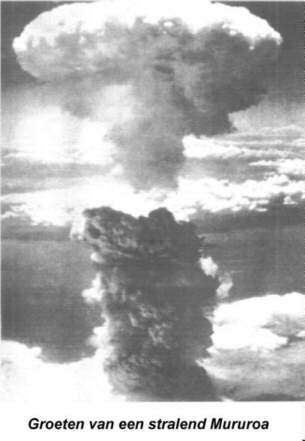Flourine.

What Flourine does with most other chemicals.
General Info.
Flourine was first isolated in Russia by Moissan. It is obtained by
hydrolysis of Hydrogen Flouride, using anhydrous Potassium Flouride as a catalyst.
Flourine
is so dangerous that it must be stored in steel containers, and even then it reacts with the
steel. Fortunately the layer of flouride that is formed is unreactive, and prevents it from
reacting further.
Flourine is found naturally in the earth's crust as cryolite; Na3
AlF6, flourite; CaF2and flourapatite; 3Ca3(PO4)
2Ca(FCl)2. Around 4 million metric tonnes of flourine are produced per
year, worth approx. $300,000,000.
Properties.
Flourine is the most reactive element in the world. It reacts with absolutely everything
(except for nitrogen, oxygen and some of the lighter noble gases), very often explosively.
Flourine attacks and breaks down most organic comounds which burn in it's pale yellow gas.
Chemical synthesis of Flourine is very difficult as compounds containing it will rarely
decompose.
The F-F bond in the free-state flourine gas is very weak as flourine is very
small, yet very electronegative. It is this weak bond that is responsible for Fourine's
destructive nature. The bond is weaker than the other halogen diatomic bonds as, because
Flourine is so small, it's lone pairs are pushed together and become repelled.
Uses
Despite blowing a lot of things up, Flourine is still useful. It is used as hydroflouric acid in
aluminium smelting and steel production, and Cryolite (a naturally accuring Flourine source) is
used in Aluminium manufacture. Silicoflouride salts are used mainly in water flouridation and
laundry detergents.
Without flourine, you'd have no recyclable cans, no cars chassis',
your clothes would be filthy, and water wouldn't be safe to drink.
You'd be dead.
Return to intro.